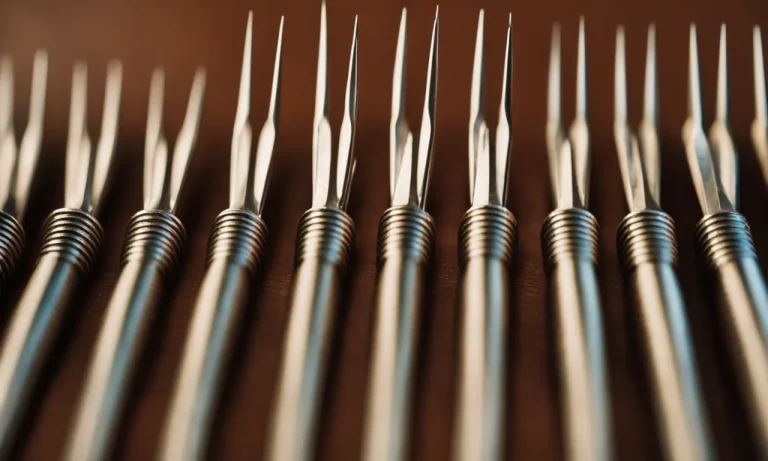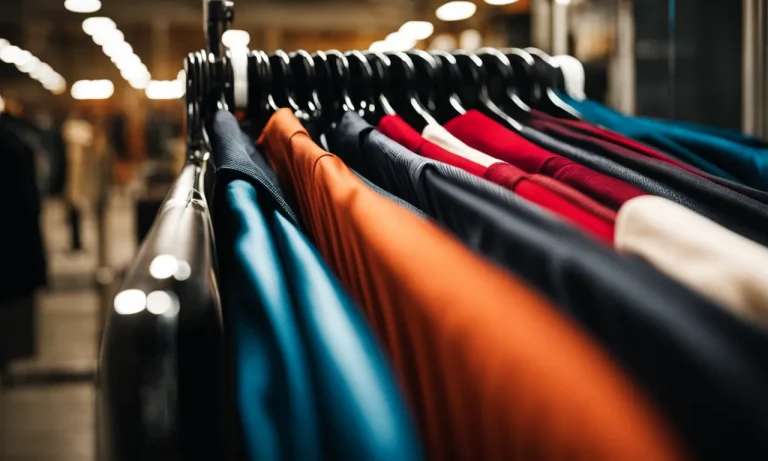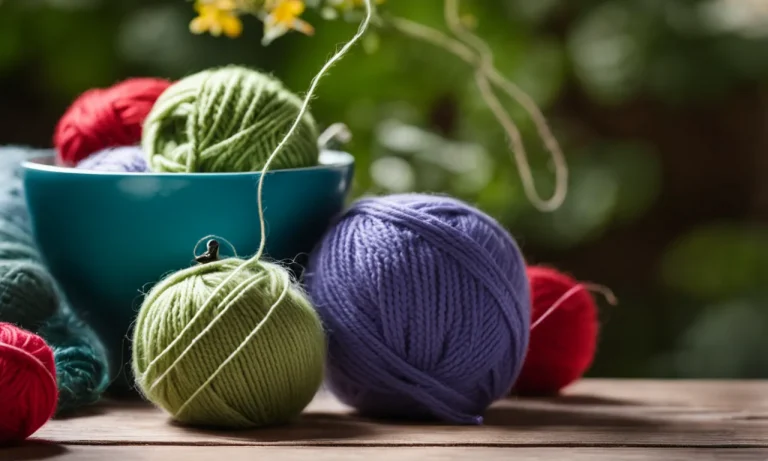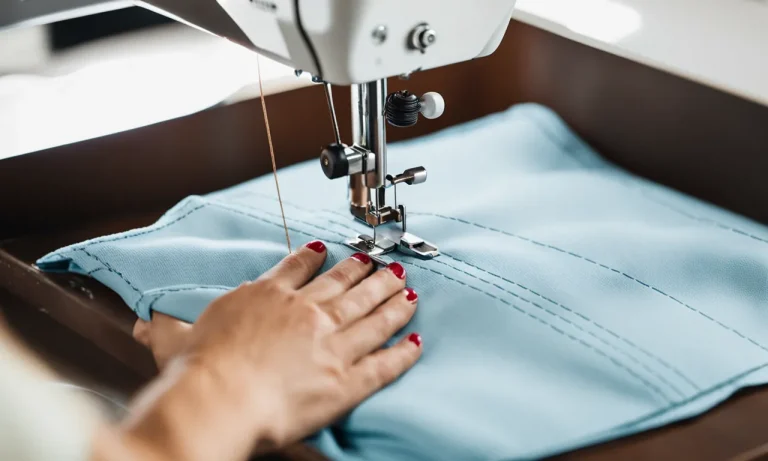Sweaters Vs. Sweatshirts: What’S The Difference?
Are you standing in your closet trying to decide between a sweater or a sweatshirt? Do you find yourself using these terms interchangeably? You’re not alone. Many people use “sweater” and “sweatshirt” to refer to the same type of top.
If you’re short on time, here’s a quick answer to your question: A sweater is typically made of knitted material like wool or cotton and is worn as an outer layer for warmth. A sweatshirt is usually made of fleece or cotton jersey material and is more casual, often worn for lounging or athletics.
In this comprehensive guide, we’ll break down the key differences between sweaters and sweatshirts when it comes to material, construction, fit, and usage so you can determine which one is best for your needs.
Differences in Materials
Sweaters: Natural Fibers Like Wool, Cotton, Cashmere
When it comes to materials, sweaters are known for their cozy and luxurious feel. They are typically made from natural fibers such as wool, cotton, and cashmere, which offer unique qualities and benefits.
Wool: Wool is a popular choice for sweaters due to its excellent insulation properties. It keeps you warm even in cold weather and is highly breathable, preventing overheating. Additionally, wool is naturally moisture-wicking, meaning it can absorb and release moisture, keeping you dry and comfortable.Cotton: Cotton sweaters are lightweight and breathable, making them perfect for layering or wearing in transitional seasons. They are soft against the skin and offer excellent breathability, allowing air to circulate and preventing sweat buildup.Cashmere: Cashmere is a luxurious and soft material derived from the fine undercoat of cashmere goats. It is known for its exceptional warmth and softness, making cashmere sweaters a popular choice for colder climates. Despite being lightweight, cashmere provides excellent insulation.
These natural fibers used in sweaters are also known for their durability and longevity. With proper care, a well-made sweater can last for years, becoming a timeless addition to your wardrobe.
Sweatshirts: Synthetic Blends, Fleece, French Terry
On the other hand, sweatshirts often utilize synthetic blends and fabrics designed for comfort, durability, and ease of care. These materials offer a more casual and sporty look, making sweatshirts a popular choice for loungewear or athletic activities.
Synthetic Blends: Sweatshirts are commonly made from synthetic blends such as polyester and spandex. These materials are known for their stretchiness and ability to retain their shape, even after multiple washes. They also offer quick-drying properties, making them ideal for active individuals.Fleece: Fleece sweatshirts are made from synthetic fibers like polyester. Fleece is known for its softness and warmth, making it a popular choice for cozy sweatshirts. It is lightweight and breathable, providing insulation without excessive bulk.French Terry: French terry is a knit fabric commonly used in sweatshirts. It is made of cotton with loops on one side and a smooth surface on the other. French terry provides a comfortable and breathable feel, making it suitable for both indoor and outdoor activities.
While sweatshirts may not offer the same level of luxury as sweaters, they excel in terms of versatility and practicality. They are easy to care for, often machine-washable, and can withstand frequent wear and tear.
Differences in Construction
Sweaters: Knitted
Sweaters are typically made using a process called knitting. Knitting involves interlocking loops of yarn to create a fabric. This results in a stretchy and flexible material that is perfect for cold weather. Knitted sweaters often have intricate designs and patterns, making them visually appealing.
They are usually made from wool, cashmere, or cotton. The knitting process allows for a wide range of styles and textures, from chunky cable-knit sweaters to lightweight and breathable options.
Sweatshirts: Sewn
Sweatshirts, on the other hand, are constructed using a sewing technique. They are typically made from fleece or a cotton blend fabric. Sweatshirts are known for their comfort and warmth, making them a popular choice for casual wear.
The sewing process involves stitching pieces of fabric together, resulting in a more structured and durable garment. Sweatshirts often have a ribbed collar, cuffs, and hem for added comfort and fit. They are available in a variety of styles, including pullovers and zip-up designs.
It’s important to note that the construction methods of sweaters and sweatshirts play a significant role in their overall look, feel, and functionality. While sweaters offer a more intricate and visually appealing design with their knitted construction, sweatshirts provide a comfortable and durable option with their sewn construction.
Differences in Fit
Sweaters: Form Fitting
Sweaters are known for their form-fitting nature, hugging the body closely and accentuating one’s figure. They are typically made from lightweight materials such as wool, cashmere, or cotton blends. Sweaters come in various styles such as crew neck, V-neck, and turtle neck, and they are designed to be worn close to the skin.
This close fit not only provides a sleek and stylish look but also helps to trap body heat, making sweaters a popular choice for colder weather.
Sweatshirts: Oversized, Boxy
On the other hand, sweatshirts are known for their oversized and boxy fit. They are designed to be loose and relaxed, providing a comfortable and casual look. Sweatshirts are typically made from thicker materials such as fleece or cotton, which makes them ideal for colder temperatures.
They often feature a hood and a kangaroo pocket, adding to their relaxed and casual aesthetic. Sweatshirts are popular among both men and women for their comfort and versatility.
So, while sweaters offer a more fitted and tailored appearance, sweatshirts provide a more relaxed and casual look.
Differences in Usage
While both sweaters and sweatshirts are popular choices for casual wear, they have distinct differences in terms of usage.
Sweaters: Outerwear
Sweaters are typically considered outerwear and are designed to provide warmth and comfort in cooler weather. They are often made from materials such as wool, cashmere, or cotton, which offer insulation and protection against the cold.
Sweaters come in various styles, including pullovers, cardigans, and turtlenecks, and can be worn over a shirt or blouse. They are versatile and can be dressed up or down depending on the occasion.
According to a study conducted by Fashion United, sweater sales have been on the rise as consumers seek comfort and warmth. The study also found that sweaters are particularly popular during the fall and winter seasons.
Sweatshirts: Loungewear, Athletics
Sweatshirts, on the other hand, are primarily associated with loungewear and athletic wear. They are often made from fleece or cotton and are known for their soft and cozy feel. Sweatshirts typically have a more relaxed fit compared to sweaters and are designed for casual, comfortable wear.
Many people choose to wear sweatshirts for lounging around the house or running errands. They are also popular among athletes as workout attire or for layering during outdoor activities. Sweatshirts often feature a hood and a front pocket, adding to their casual and sporty aesthetic.
A survey conducted by Statista revealed that the sweatshirt market size in the US reached $7.5 billion in 2020, indicating their popularity and widespread use in various settings.
Conclusion
Now that you know the key differences between sweaters and sweatshirts when it comes to materials, construction, fit and usage, you’ll be able to confidently choose which one is right for any occasion.
Sweaters are better suited for providing outerwear warmth and style, while sweatshirts are optimal for casual loungewear and athletic activities. Understanding the nuances between these similar garments helps ensure you’ll stay comfortable and fashionable no matter what you wear!







